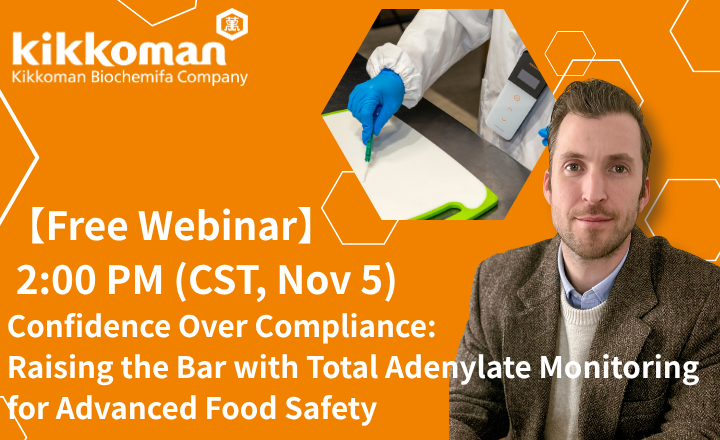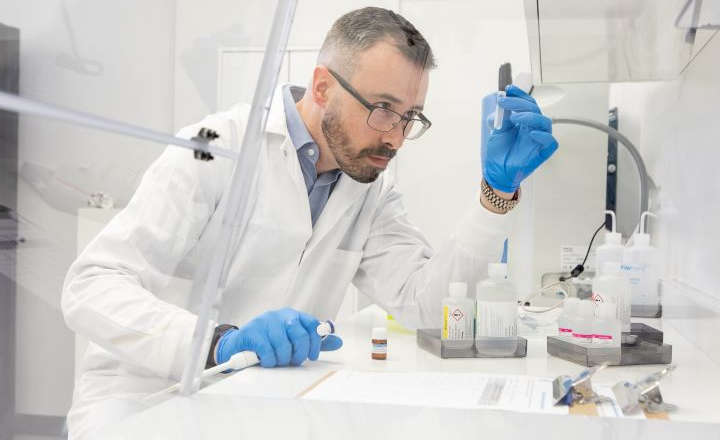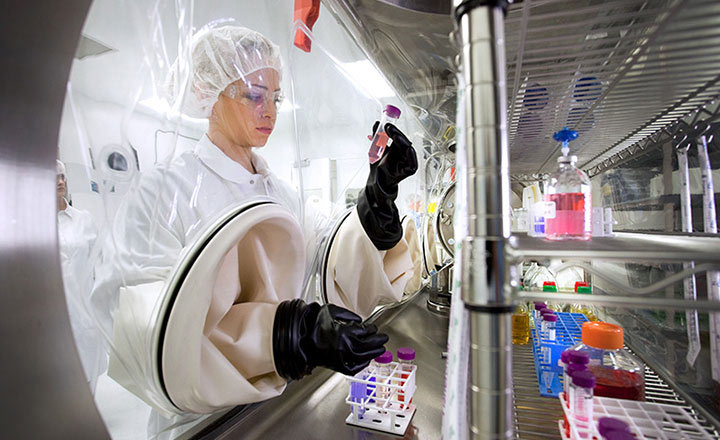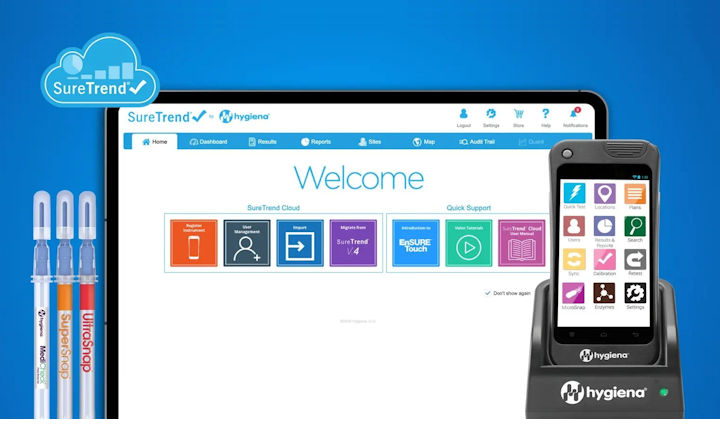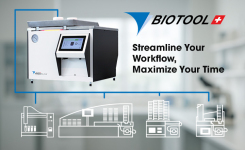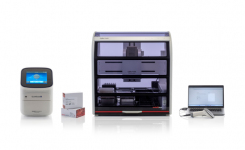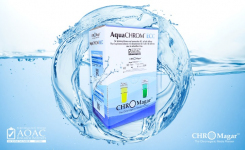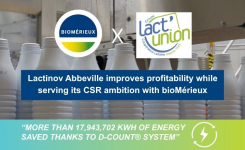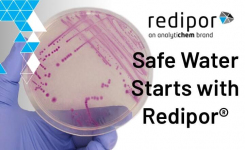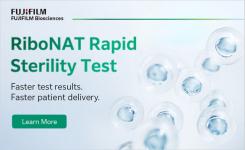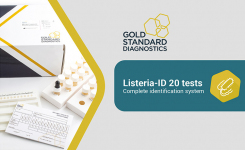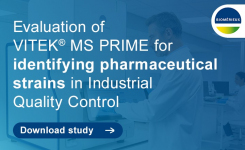Changing QC procedures always comes with some additional work before gaining the benefits of a new method. Therefore, some companies delay changing their procedures to avoid this extra work BUT the result of implementing a new method, like the Promicol Microbial ATP Detection System, will be reduced time to product release and thus saving time and money in the long-term.
But how does it work? What does it mean to implement a new method? What needs to be kept in mind? To bring more light into the darkness, and to get a better understanding of how we, at Promicol, work with our customers to help them implement our rapid Microbial ATP Bioluminescence method for a wide range of products - keep on reading.
A large dairy company approached Promicol some years ago as they wanted to implement a rapid method for testing their plain cow’s milk, their best-selling product. Testing options were explored and a demonstration given, to show the principle of the method and how the instrument is used. After discussing the benefits of the method, the management of the company and the QC team agreed to implement the Promicol method for plain cow’s milk testing.
During implementation, it turned out that they are not only producing plain cow’s milk but several other products like goat’s and sheep’s milk, cream-based products, vegan ice mix as well as cereal-based drinks. Thus, the plain cow’s milk reflects just a part of their complete product range, and implementing the Promicol method just for this product group would only solve part of the problem. Based on this information a plan was created with the customer to implement the Promicol method and change QC procedures for all the different products stepwise.
While the customer was performing the validation studies for plain cow milk, the Promicol Custom Fitting team developed test kits and setups for the remaining product groups. Once the validation and implementation of the Promicol method for routine testing of plain cow milk were finalized, the customer needed less resource for performing quality control. The time saved was used to perform the validation for goat’s and sheep’s milk products, gaining even more time to perform the validation procedures for the remaining products.
The customer implemented the Promicol method across the complete product range using the time saved at each step to validate the next product. The result, all products could be tested using the same instrument which was purchased for the cow’s milk products, even with a significant increase in the number of samples, thus demonstrating the flexibility of the system across a broad product range.
One technology, one instrument, many different applications!
Our collaborative approach to finding the best solution helped this customer to optimize their QC procedures for their complete product portfolio, resulting in less hands-on time, less pressure on QC, less warehousing, and so on….. And a happy customer!
It is our goal to provide a service that is in touch with the needs of your quality management and to your demands from rapidly changing markets, making ATP work for you, together with you. If you want to discuss the best strategy for your company just get in touch. We are convinced we can offer a suitable solution for you.
For further information about the technology please click here or use the green "Request Information" button below.








